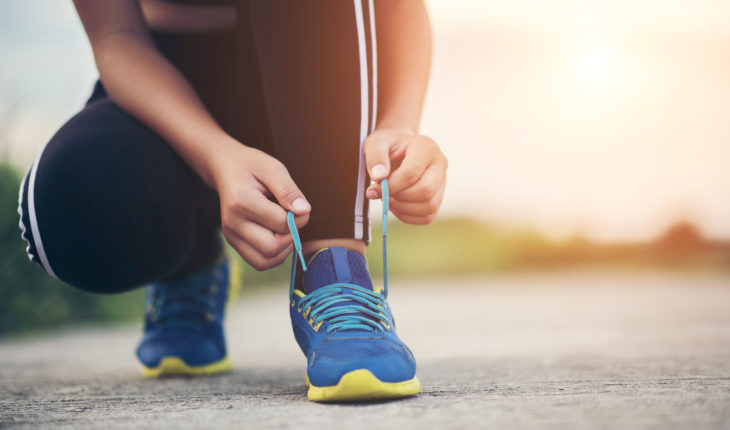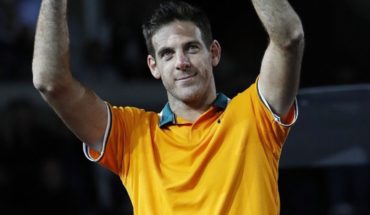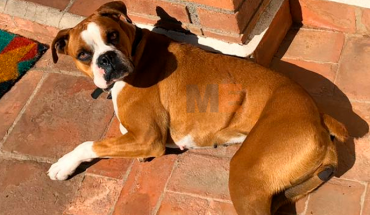This Sunday is the marathon of Santiago 2019, one of the most important sporting events, both runners amateurs as professionals. Before this body that gathers the most enthusiastic runners from all over Chile, Sebastián Le-Beuffe, physical therapist expert in the career of Kinesiology of the Pontifical Catholic University musculoskeletal areas, highlighted 5 points to runners and amateur marathoners should take into account before this race.
1. What are the most frequent injuries?
The survey down “Description of the profile of the corridor and behaviors associated with running, región Metropolitana 2015-2016”, a 43% reported having had an injury in the past 12 months, being the most frequent in the area of ankle/foot knee 31% 35% and 15% leg.
Ankle and foot injuries are mainly due to overload, as for example the fracture by stress, or in the leg tibial periostitis. For its part, in the knees is common to have pain on the anterior or lateral side of the knee, even there is a lesion which is called “runner’s knee”, causing pain in the side of the knee associated with trot, generated from theory of the iliotibial band friction.
The expert said that “many injuries are caused by overload of training that can lead to fractures or Tendinopathies by stress”.
2 How to prevent injuries?
To prevent injuries the most important thing is to start workouts gradually. In the case of novice runners, starting with low training volumes, about 3 to 5 kilometers, and go slowly progressing with rest days between.
Specialist, said it is important to have a good career technique, which recommended an assessment to determine muscle imbalances, weaknesses and shortenings.
According to Le-Beuffe, the runner must strengthen your muscles, mainly the legs, including the arms and trunk, because they play a very important role in races for this irons, abdominal exercises you can do, I work with elastic bands, weightlifting, among others. It is recommended to alternate training sessions of trot with aerobic exercise such as swimming or biking, elliptical, especially when you are regrensando of a lesion or during an injury to avoid the deconditioned.
The good quality of sleep, feeding and hydration will also have an important role in reducing the risk of injury.
3. how far in advance with train?
The physiotherapist recommended, in case of a 42 K Marathon, prepared with 4 to 6 months in advance, for 3 months 21 K and 10 K with only one month. These times depend on each person’s prior physical ability and what are the goals to achieve in these races. In all these cases, it is advisable to follow a training program detailing training volumes, specific exercises and rest periods, depending on the personal goal in the distance and pace.
4. What do the day of the race?
Day D is recommended at least 1 hour before reaching the place of the Bullfight (minimum 30 minutes) for belongings, go to the bathroom and reach to make a proper warm-up.
According to Le-Beuffe, “prior preparation should consist of a gentle trot about 5-10 minutes, joint mobility exercises and dynamic stretching (elongation in movement), but not static stretches (keep the stretch position)” prior to the race”.
It also recommended that the clothing to be used must be “proven” garments, for example, the shoes with which was training, any new, Ditto for shorts, socks, etc.
The competence of that day should run at the rate (speed) for which each runner was prepared the previous months; i.e., not be carried away by friends or other people that going faster nor others going slower.
5. what happens after the race?
After the race, suggested not stop immediately, but walking for a long time, which is called “return to calm”, that is gradual and not suddenly.
He said that if the person feels very acalambrada or spasm, it is possible to have sustained stretches to relax the muscles and a regenerative massage may be beneficial.
Finally, if you see any pain in the knees or ankles within 24-48 hours of the Bullfight, he advised applying cold for periods of 10-15 minutes to decrease inflammation due to the effort. However, he stressed that it is normal that in that period of time post career appear generalized, muscle aches which should yield with the passing of the days. In case of discomfort persist, it is relevant to consult an orthopedist, since there might a lesion due to overload.
translated from Spanish: Tips for preventing injuries in runners of the marathon of Santiago
April 7, 2019 |





